Results
-
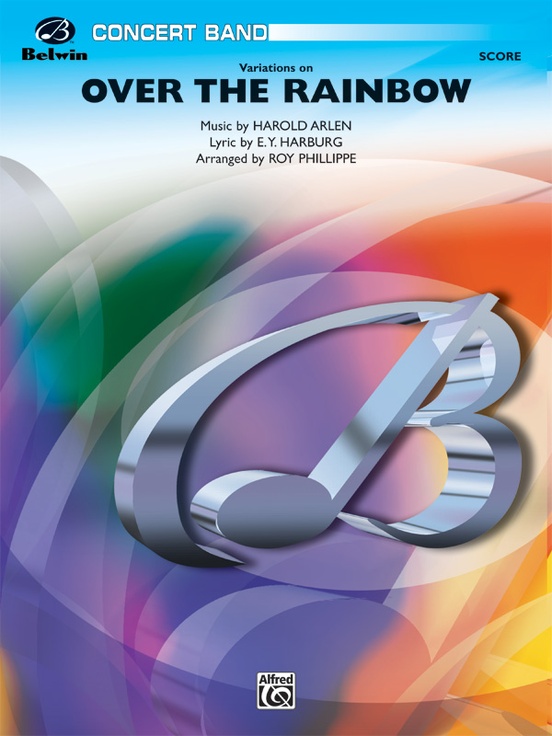 £62.95
£62.95Over the Rainbow (from ), Variations on
Initially this lush melody is presented with a soaring trumpet solo and warm full-band accompaniment. Then the variations include a cha-cha version and an oom-pah version. Consider programming all four Roy Phillippe variations to the Wizard of Oz, including "Ding Dong the Witch is Dead" (26767) and "If I Only Had A Brain" (26769). A most creative set of arrangements! (5:48)
Estimated dispatch 3-5 working days
-
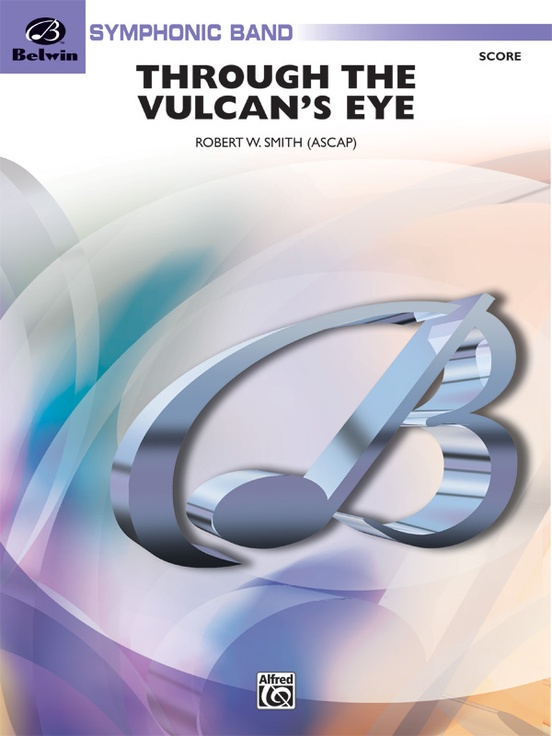 £82.95
£82.95Through the Vulcan's Eye - Robert W. Smith
High atop a red mountain overlooking the magnificent city of Birmingham, Alabama, stands an iron sentinel---a monument of Vulcan that keeps watch over the "City of Steel." Through the Vulcan's Eye is comprised of four melodies, each aurally describing a view from the top of the mountain and inspired by the composer's childhood experiences in Alabama's largest metropolis. Broad brush strokes of sound blanket the work, enhanced by brilliant solo passages and total involvement from the percussion. A grand work on a grand scale! (7:09)
Estimated dispatch 3-5 working days
-
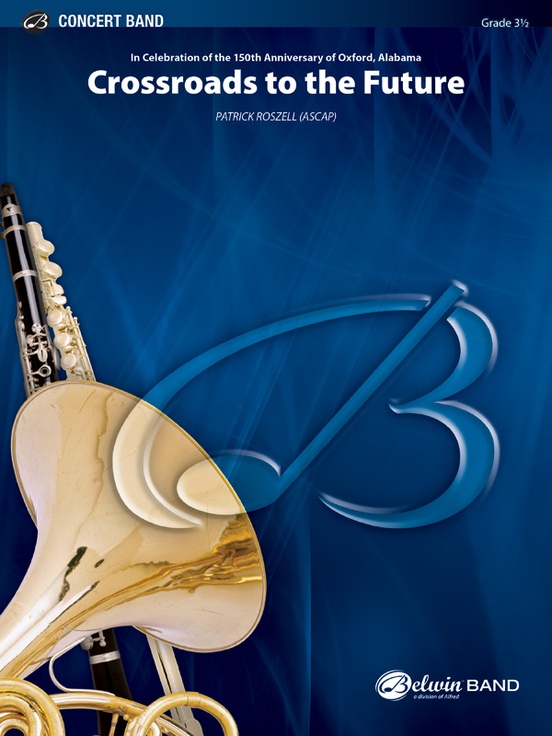 £66.95
£66.95Crossroads to the Future - Patrick Roszell
Opening with a bold fanfare, this piece celebrates the 150th anniversary of the composer's home town. Featuring four episodes that represent various aspects of the city's history, this is a daring new work for your concert band. (5:15)
Estimated dispatch 3-5 working days
-
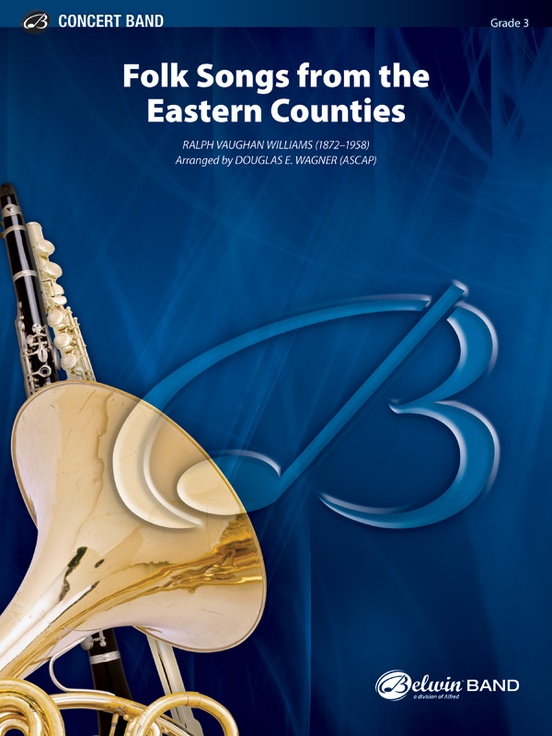 £66.95
£66.95Folksongs from the Eastern Counties - Ralph Vaughan Williams / arr. Douglas E. Wagner
Vaughan Williams traveled during 1903 to 1906, collecting folk songs first-hand from residents. Four of the fifteen titles he published for voice and piano in the original volume comprise , including "The Lost Lady Found," "The Lark in the Morning," "Bushes and Briars," and "Ward, the Pirate." Scored for concert band exactly as they were first published, with much of the accompanying material also being drawn from RVW's harmonizations and stylistic interpretations. Experience these cherished authentic folk songs creatively complied for your concert band. (3:30) This title is available in MakeMusic Cloud.
Estimated dispatch 3-5 working days
-
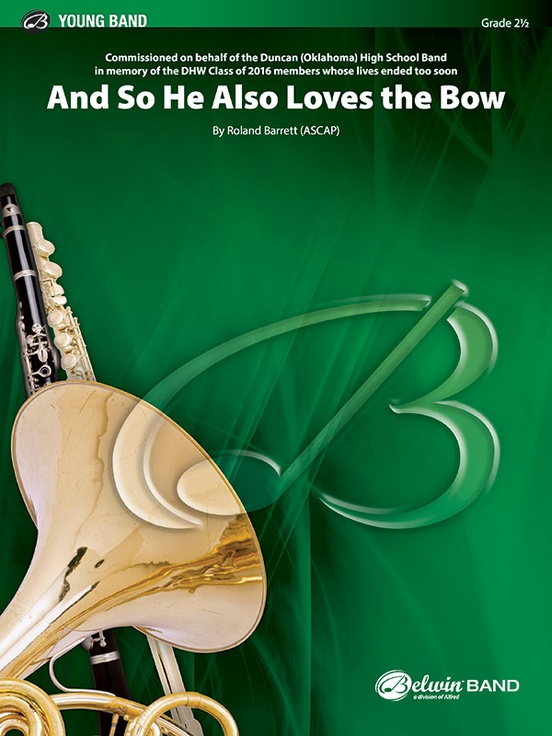 £60.50
£60.50And So He Also Loves the Bow - Roland Barrett
Honoring four students who lost their lives, this powerful original work draws its title and its inspiration from poet Kahlil Gibran's "On Children." Like the poem, the composition musically invokes emptiness, restlessness and longing but provides reassurance to those grieving with peace, hope and optimism. (4:45)
Estimated dispatch 3-5 working days
-
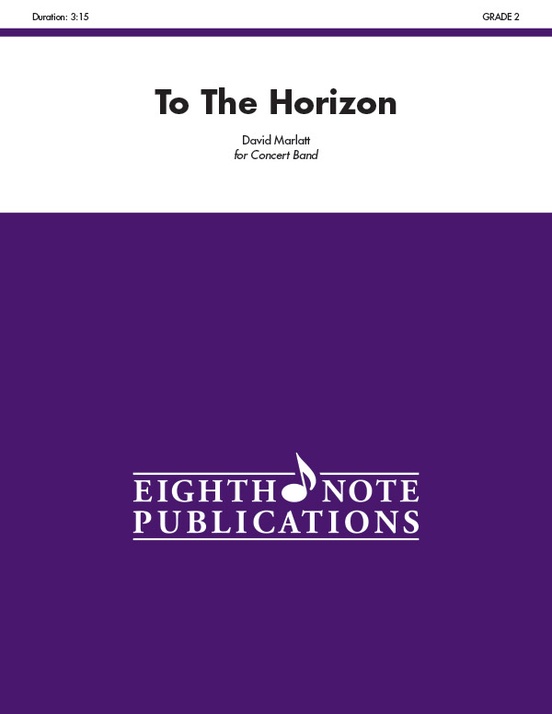 £53.95
£53.95To the Horizon - David Marlatt
This work tells the story of the famous sailor and explorer---Christopher Columbus. His voyage to discover a trade route with China while traveling West led to the discovering of The New World---the Americas. It is set in four contrasting sections---At the Dock, Setting Sail, A Lonely Life at Sea and To New Discoveries---each with it's own character and color. The stately fanfare opening moves into a spirited section with a great melody and syncopated support rhythms. A Lonely Life at Sea is reflective with melody in the alto saxes and later flutes, clarinets and trumpets. The piece concludes with a recap of the upbeat spirited melody before arriving at an energetic conclusion. (3:15)
Estimated dispatch 3-5 working days
-
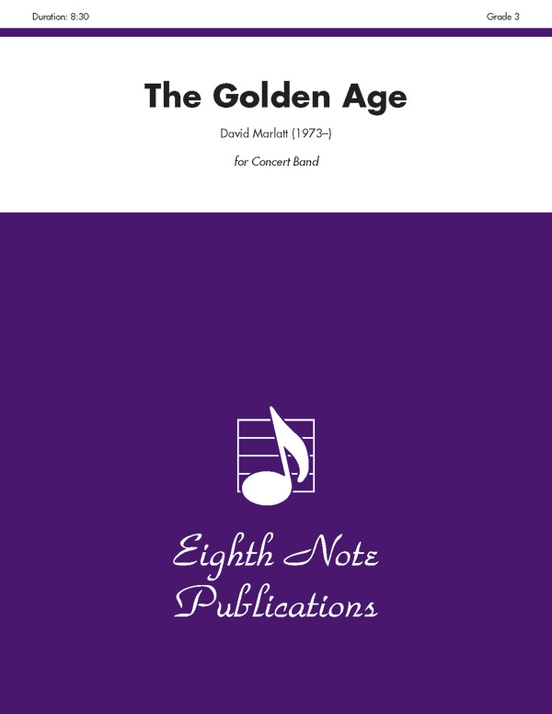 £66.95
£66.95The Golden Age - David Marlatt
The Golden Age is a piece written in the carefree style of the music written in North America at the turn of the 20th Century. The concerts in band shells throughout Canada and the United States contained such popular compositional types such as: theme and variations, orchestral transcriptions, waltzes, overtures, rags and marches. This four movement suite takes a typical concert at that time, and puts it all in a single, multi-movement work.
Estimated dispatch 3-5 working days
-
 £123.00
£123.00Shadows of the Pyramids - David Marlatt
This powerful piece is based on the Egyptian story of Ra, the Sun God, one of the most important characters in their mythology. It is divided into four main sections, each with its own contribution to the story. Great Hollywood sounding brass parts, an optional part and energetic percussion writing are found throughout this dynamic piece.
Estimated dispatch 3-5 working days
-
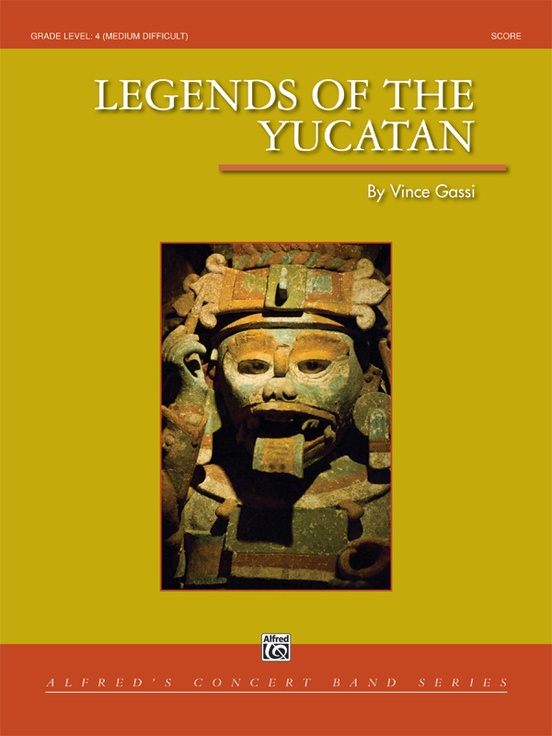 £70.50
£70.50Legends of the Yucatan - Vince Gassi
Feathered Serpent, God of Rain and Thunder, Lord of the Woods (God of Agriculture), and Lady Rainbow (Goddess of Earth and Moon) are deities featured in this portrait of Mayan mythology. Inspired by a recent trip to the Mayan village of Chichen Itza, is written in four sections, each one descriptive of a different Mayan God. Expanded percussion and exotic rhythms and harmonies are heard throughout.
Estimated dispatch 3-5 working days
-
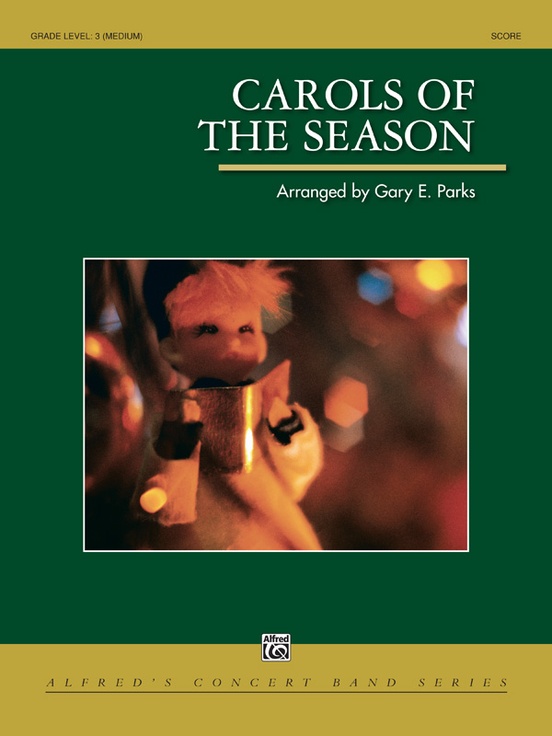 £70.50
£70.50Carols of the Season
This tuneful medley of holiday favorites will be sure to get your audience in the holiday spirit with colorful settings of four old English carols. You'll feel the happy "wassailing" spirit immediately as the piece begins with , then sail right on with . A fluid transition leads into the lovely, lilting . The sounds of holiday bells accent the final, driving passage, lifting anticipation and excitement with . Surprising harmonies will captivate your concert audience in this well-crafted arrangement that is sure to become holiday favorite.
Estimated dispatch 3-5 working days
